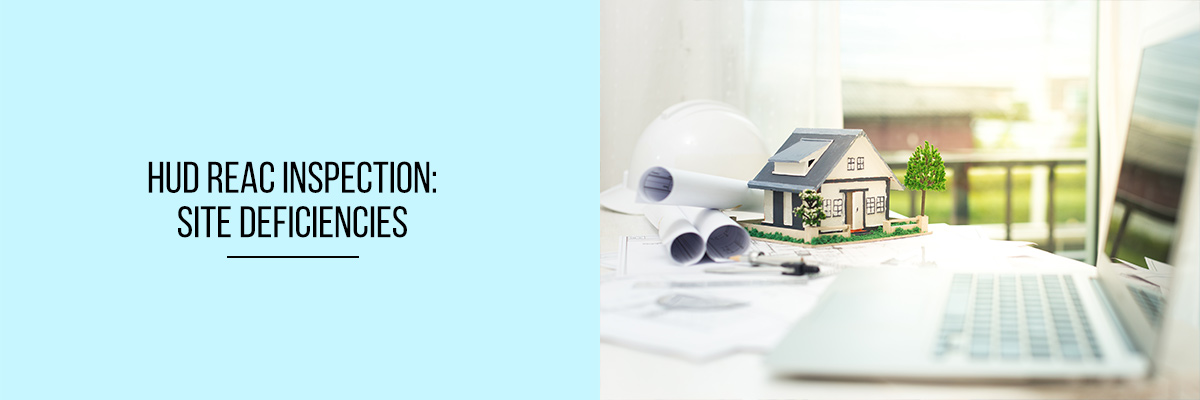The HUD REAC inspection is a comprehensive inspection of properties owned by landlords who are currently on their housing assistance payments. The purpose of the REAC inspection is to ensure that the properties meet HUD’s Housing Quality Standards (HQS) requirements. HQS requirements are designed to ensure that housing assistance recipients have access to safe, decent, and sanitary housing. The inspection identifies existing deficiencies and documents the defects so that repairs can be made by the landlord.



HUD REAC Site Inspection
During a HUD REAC inspection, the certified inspector will review the property for violations of the Housing Quality Standards (HQS) and the Property Assessment System (PAS). A property that qualifies for HUD REAC inspections will have a minimum score on their property conditions ranging from 55 to 79. HUD REAC inspections are conducted to ensure that the property continues to comply with HQS standards. It is important to note that the HUD REAC inspection does not guarantee that the property is habitable. The inspector will conduct tests using safety equipment to identify any potential hazards that may exist in the property that could cause an injury to the tenant.
Pre-REAC Inspection for Sites
REAC stands for Requalification and Recertification. The objective of these state inspections is to determine whether or not the facility meets the requirements for the inspection. This is done by checking certain items, and ensuring the facility is in compliance with state regulations. The inspection is broken down into 8 components, and each component is further broken down into categories. As with any inspection, you must understand the requirements for the inspection. If you are new to the inspection process, a REAC inspection might be confusing and intimidating.
When you are preparing for the pre-REAC inspection, remember to assure all things are working as they are meant to. This is a good common sign across all the REAC components. For instance, if a fire alarm is not functioning, it is likely that the fire alarm system is not functioning, and it is likely that the fire sprinkler system is not functioning. The key thing to remember when you are doing your site inspection is to look for items that are not in working order or items that are not functioning as they should. In this way, you can ensure that you are making full use of your time, and have inspected the site in its entirety.
Final Words
REAC scores are very important. In a lot of ways, preparing for a REAC inspection indicates throwing logic out the window. Understanding the common deficiencies, criteria, and point values will help to ensure that your property is ready for the REAC inspection.
To know more about HUD-REAC Site Deficiency, join the Compliance Prime webinar.


